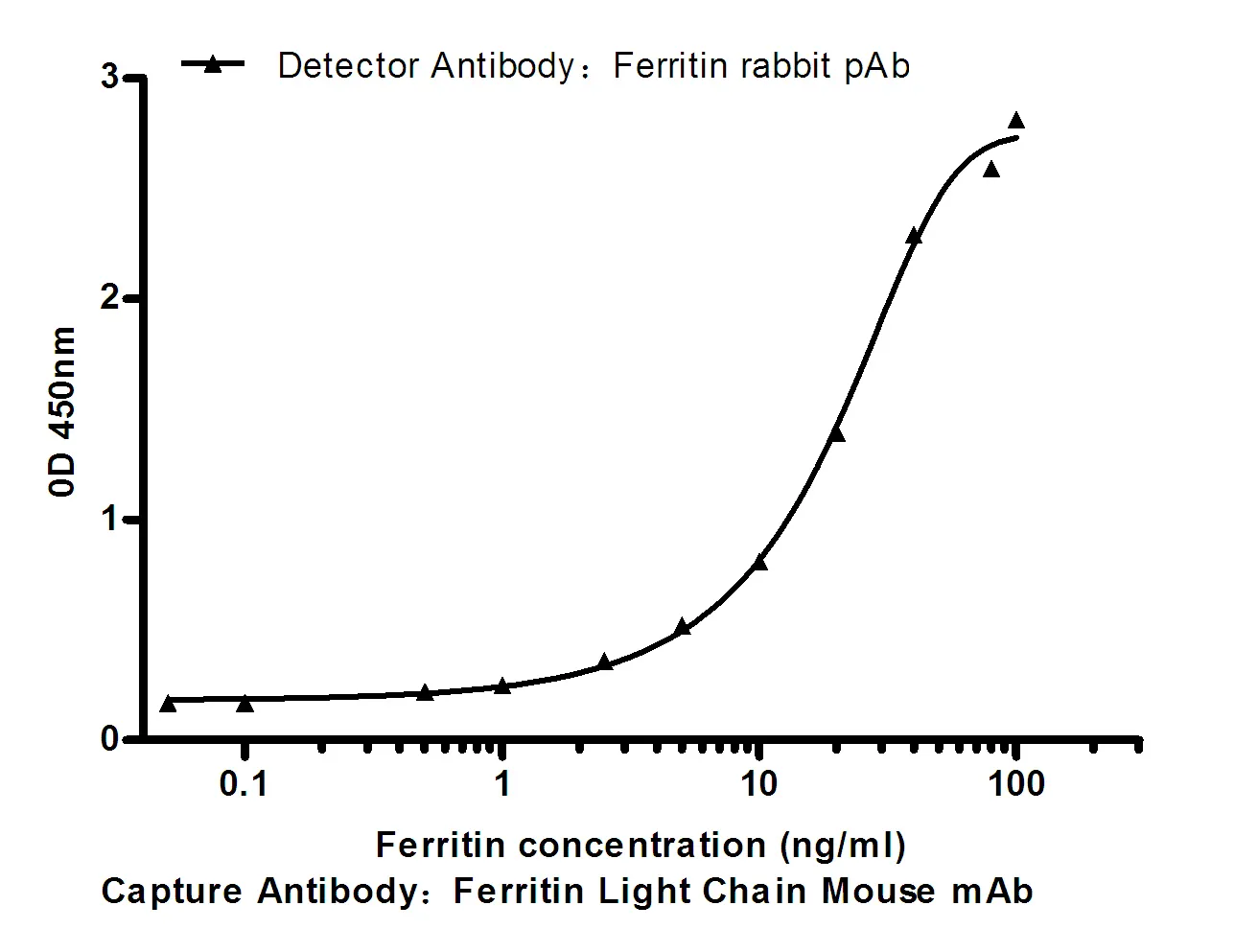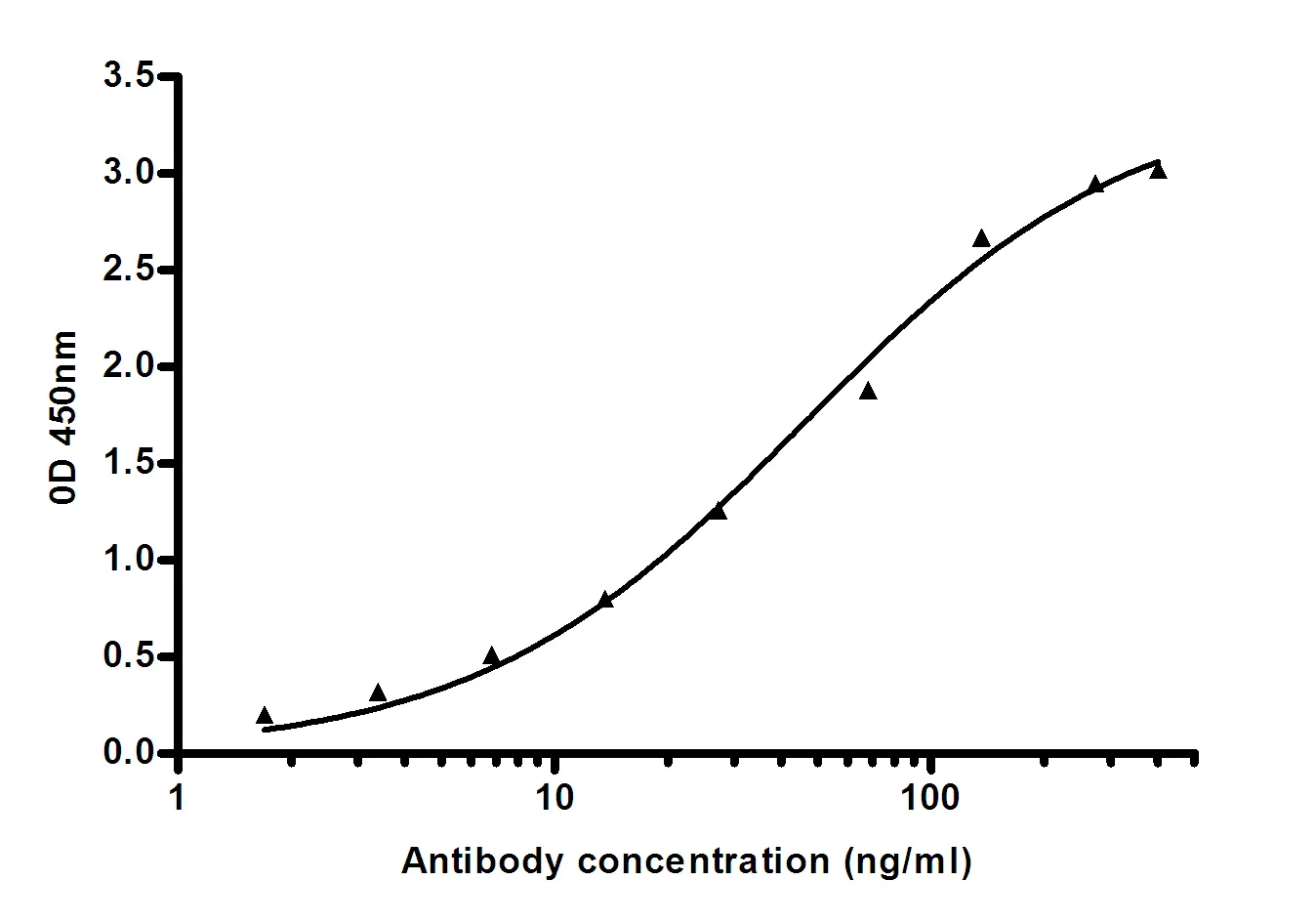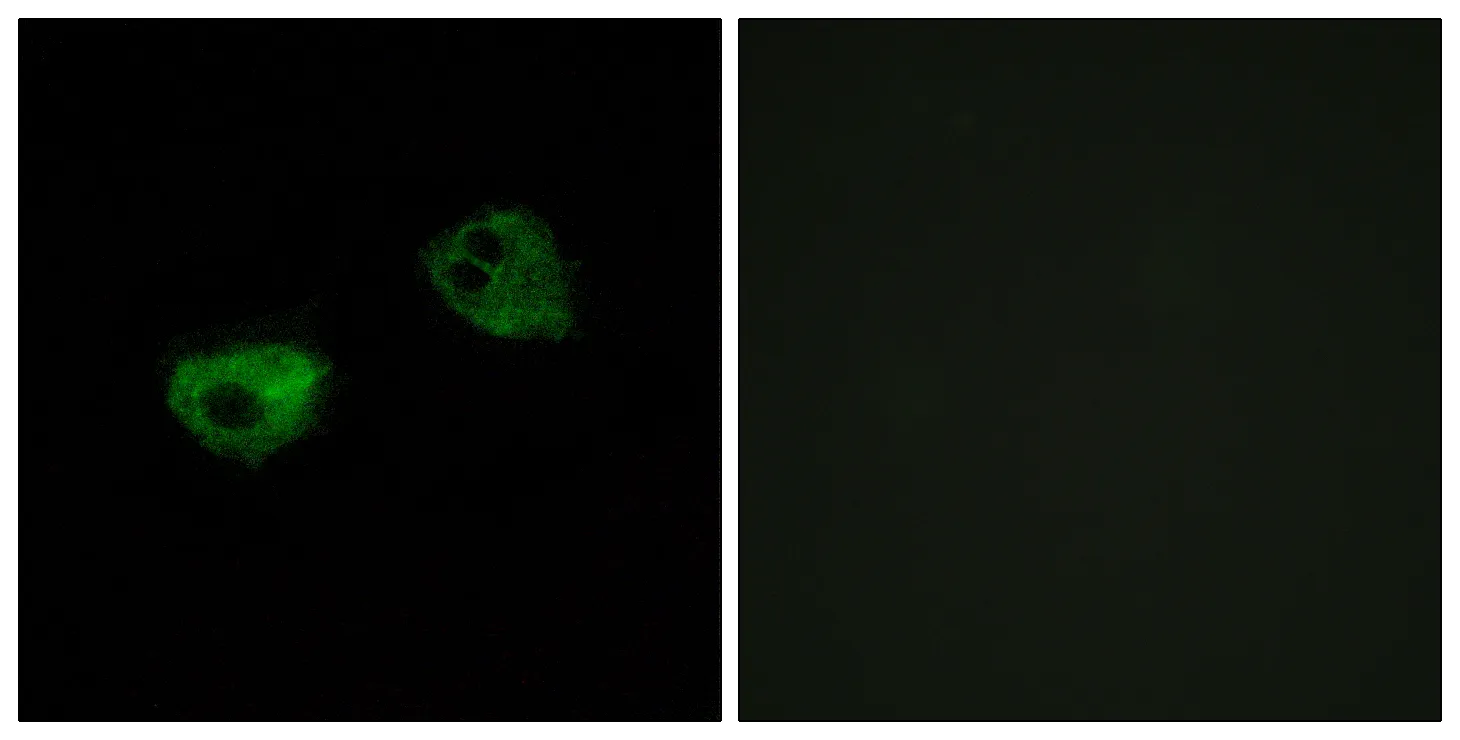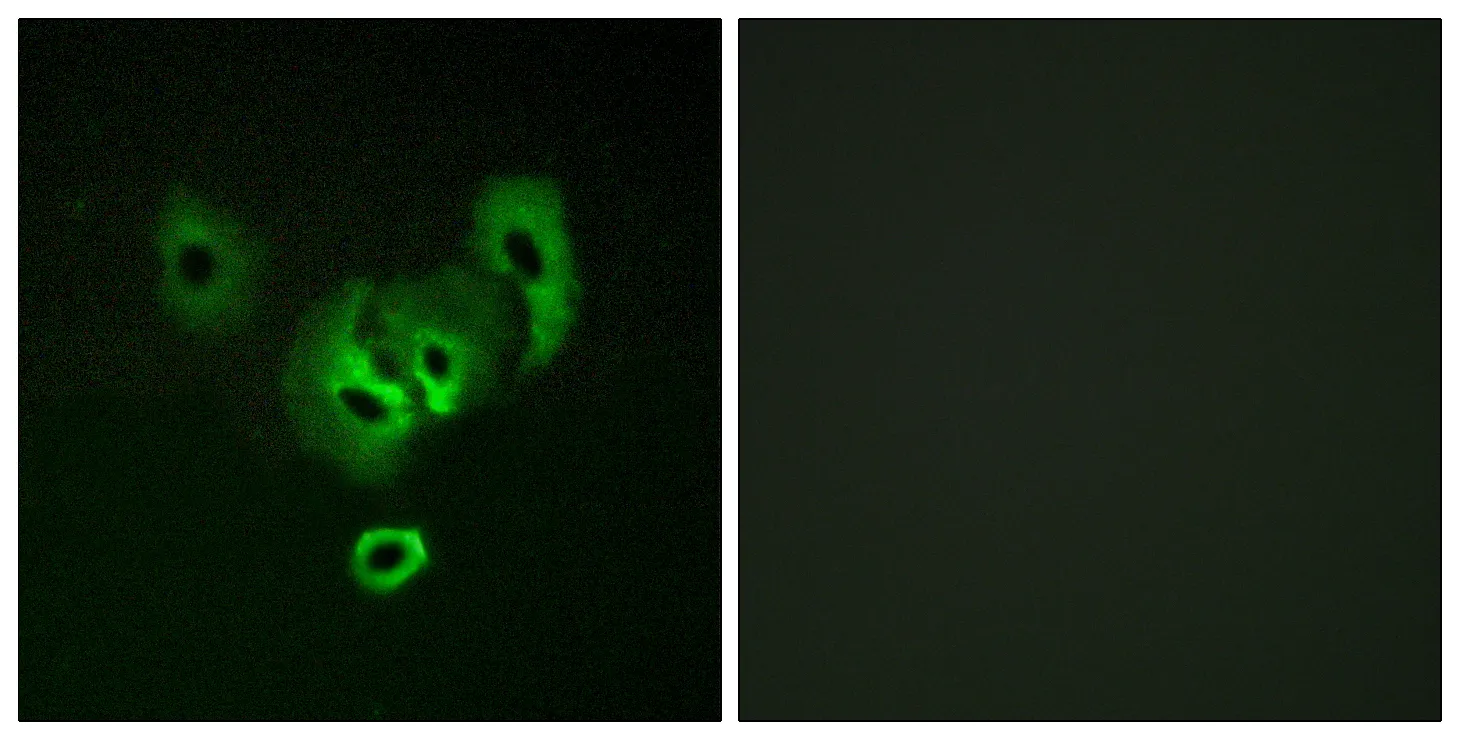Summary
Performance
Immunogen
Application
Background
This gene encodes a member of an adapter protein family that binds to several tyrosine-phosphorylated proteins. The product of this gene has several SH2 and SH3 domains (src-homology domains) and is involved in several signaling pathways, recruiting cytoplasmic proteins in the vicinity of tyrosine kinase through SH2-phosphotyrosine interaction. The N-terminal SH2 domain of this protein functions as a positive regulator of transformation whereas the C-terminal SH3 domain functions as a negative regulator of transformation. Two alternative transcripts encoding different isoforms with distinct biological activity have been described. [provided by RefSeq, Jul 2008],domain:The C-terminal SH3 domain function as a negative modulator for transformation and the N-terminal SH3 domain appears to function as a positive regulator for transformation.,domain:The SH2 domain mediates interaction with SHB.,function:The Crk-I and Crk-II forms differ in their biological activities. Crk-II has less transforming activity than Crk-I. Crk-II mediates attachment-induced MAPK8 activation, membrane ruffling and cell motility in a Rac-dependent manner. Involved in phagocytosis of apoptotic cells and cell motility via its interaction with DOCK1 and DOCK4.,PTM:Phosphorylated on Tyr-221 upon cell adhesion. Results in the negative regulation of the association with SH2- and SH3-binding partners, possibly by the formation of an intramolecular interaction of phosphorylated Tyr-221 with the SH2 domain. This leads finally to the down-regulation of the Crk signaling pathway.,PTM:Phosphorylation of Crk-II (40 kDa) gives rise to a 42 kDa form.,similarity:Contains 1 SH2 domain.,similarity:Contains 1 SH3 domain.,similarity:Contains 2 SH3 domains.,subcellular location:Translocated to the plasma membrane upon cell adhesion.,subunit:Interacts with ABL1, C3G, SOS, MAP4K1, MAPK8 and DOCK3 via its first SH3 domain. Interacts with BCAR1, CBL, CBLB, PXN, IRS4 and GAB1 via its SH2 domain upon stimulus-induced tyrosine phosphorylation. Interacts with several tyrosine-phosphorylated growth factor receptors such as EGFR, PDGFR and INSR via its SH2 domain (By similarity). Interacts with DOCK1 and DOCK4. Interacts with SHB.,
Research Area
MAPK_ERK_Growth;MAPK_G_Protein;ErbB_HER;Chemokine;Focal adhesion;Fc gamma R-mediated phagocytosis;Neurotrophin;Regulates Actin and Cytoskeleton;Insulin_Receptor;Pathways in cancer;Renal cell carcinoma;Chronic myeloid leukemia;




